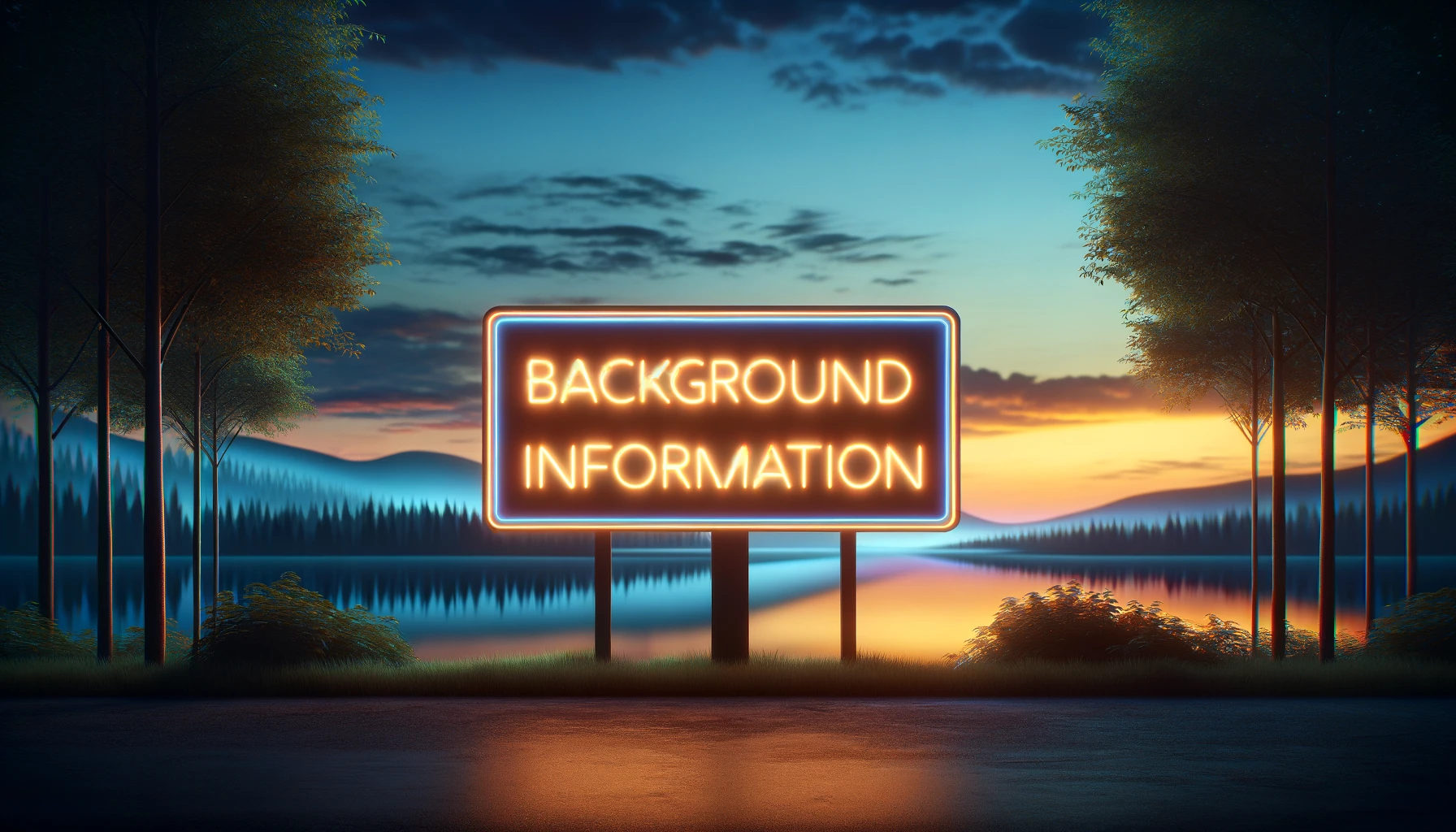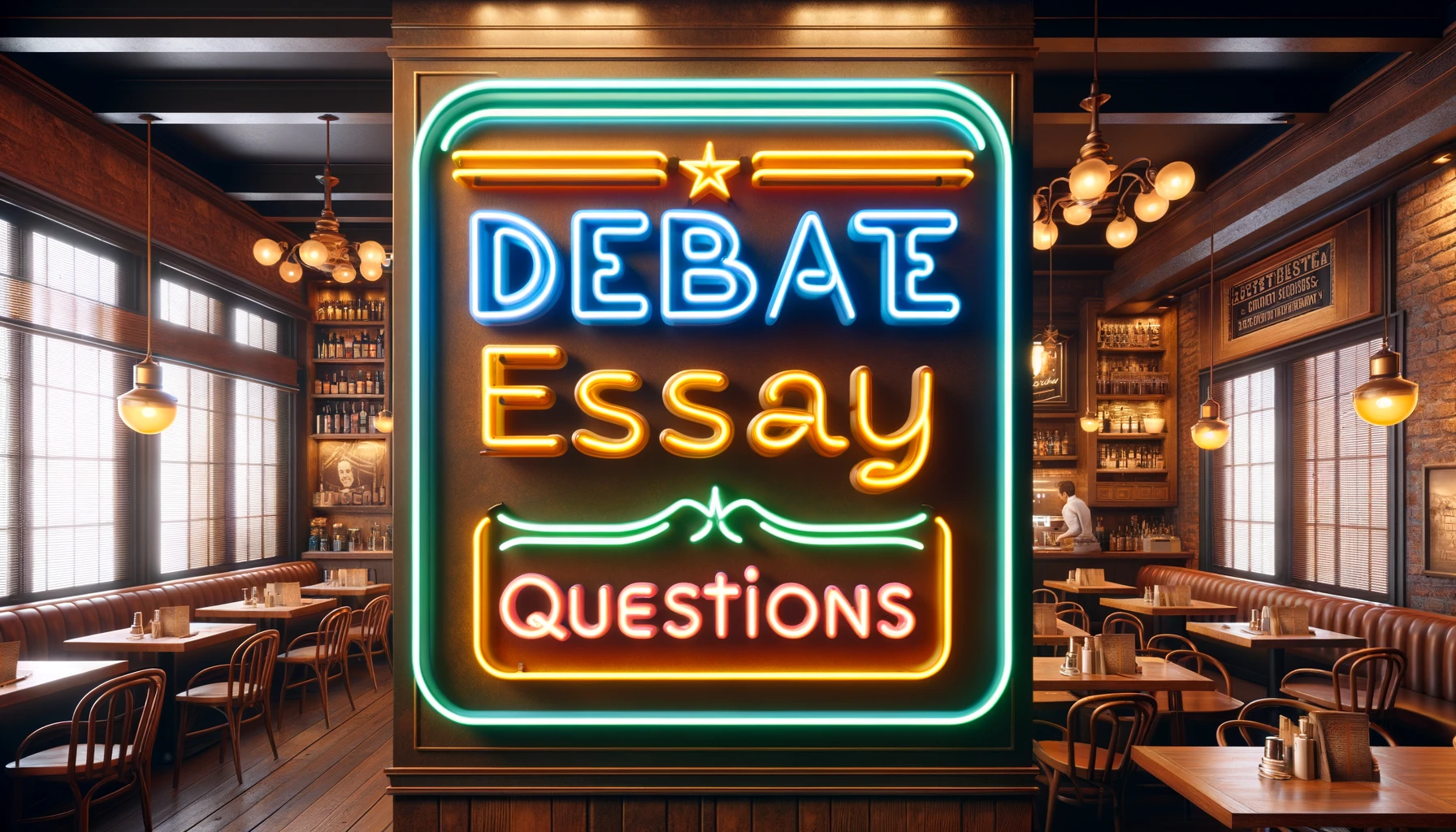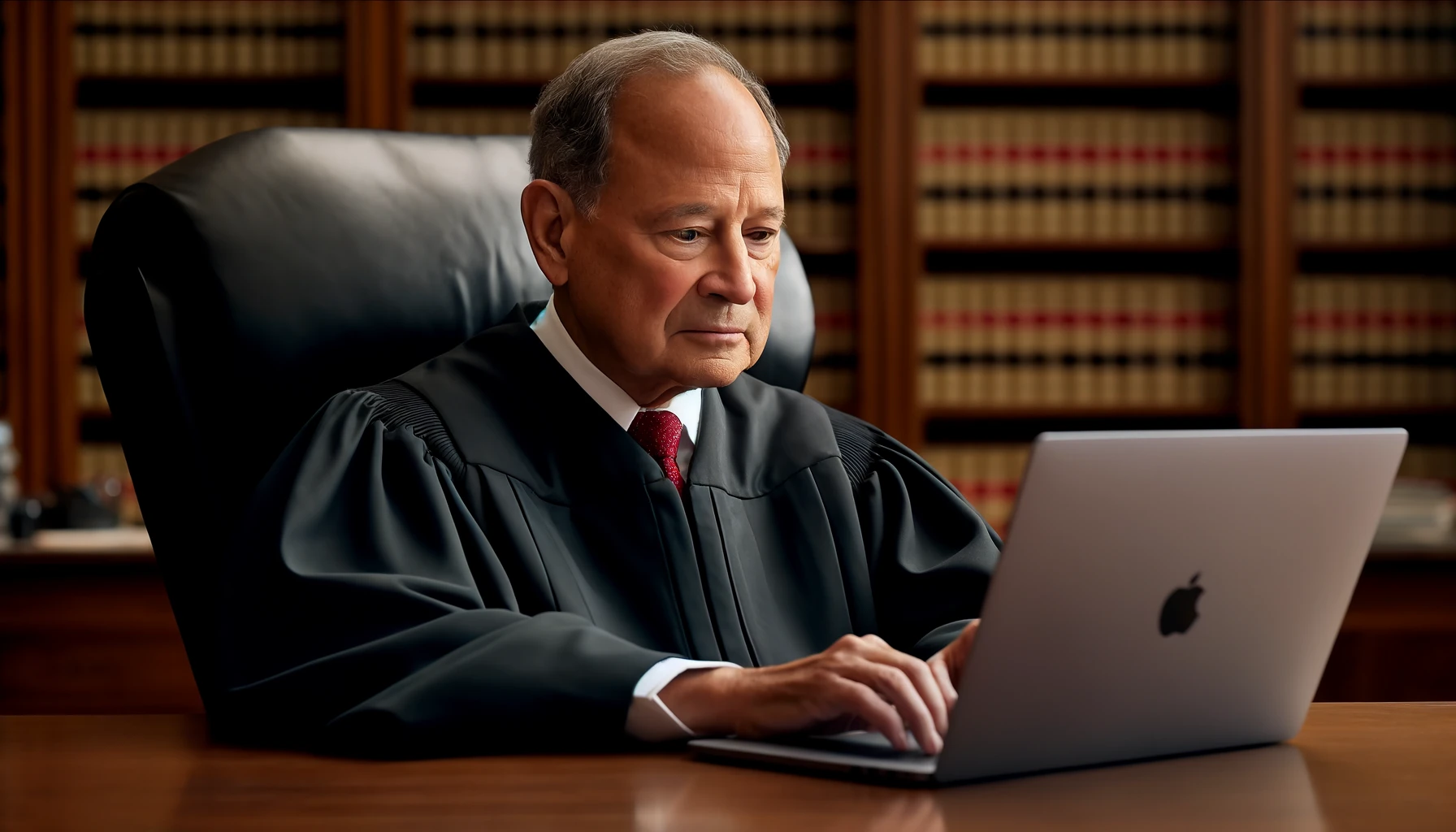Background of the Incident
After the 2020 presidential election, some supporters of former President Donald Trump falsely claimed that the election had been stolen from him. These supporters adopted various symbols to express their dissent, one of which was the upside-down American flag.
Incident at Justice Alito’s Residence
Photographs and interviews revealed that an upside-down flag was flown outside the home of Supreme Court Justice Samuel A. Alito Jr. in Alexandria, Virginia, on January 17, 2021. This occurred just a few days before President Joe Biden’s inauguration and shortly after the January 6 Capitol riot, where similar symbols were displayed by rioters. Neighbors, alarmed by the flag, took photographs, some of which were obtained by The New York Times. These images and reports also reached the Supreme Court.
Justice Alito’s Response
Justice Alito stated he had no involvement in the display of the flag. In an emailed statement to The New York Times, he explained, “It was briefly placed by Mrs. Alito in response to a neighbor’s use of objectionable and personally insulting language on yard signs.” Despite this explanation, the presence of the flag raised questions about the impartiality of Justice Alito, particularly as the Supreme Court was considering election-related cases at the time. The court was still deciding whether to hear a 2020 election case, with Justice Alito dissenting in that decision.
Ethical Concerns
Judicial experts argue that the display of the flag by Justice Alito’s household could be seen as a violation of judicial ethics, which emphasize avoiding any appearance of bias. Amanda Frost, a law professor at the University of Virginia, stated, “It might be his spouse or someone else living in his home, but he shouldn’t have it in his yard as his message to the world.” The longstanding ethics code for judges stresses the importance of maintaining impartiality and avoiding political statements. Jeremy Fogel, a former federal judge and the director of the Berkeley Judicial Institute, emphasized the need for judges to proactively avoid any appearance of bias.
Neighborhood Dispute
Interviews with neighbors revealed that around the 2020 election, a family on the block displayed an anti-Trump sign with an expletive, which apparently offended Mrs. Alito and led to an escalating clash between her and the family.

Impact and Reactions
The controversy over the flag added to the scrutiny on the Supreme Court, especially given the court’s upcoming decisions on cases related to the January 6 Capitol riot and former President Trump’s actions. Neighbors who witnessed the flag or were aware of it preferred to remain anonymous to avoid further conflict. Some residents were also troubled by the noise and intrusion brought by protesters who started demonstrating outside the Alito residence in 2022 after the Supreme Court overturned the federal right to abortion.
Historical Context of the Upside-Down Flag
The upside-down flag has a history of being used as a symbol of emergency and distress, first utilized as a military S.O.S. In recent decades, it has increasingly been used as a political protest symbol. Over the years, both the right and the left have displayed upside-down flags in protest over various issues, including the Vietnam War, gun violence, and election results. During the 2020 election, the gesture became particularly associated with the “Stop the Steal” campaign.
Online and Public Reactions
Social media played a significant role in spreading the use of the upside-down flag as a symbol of protest. On platforms like Patriots.win, Trump supporters were encouraged to display the flag upside-down to show their belief that the nation was in distress due to the election results. Local newspapers across the country, from Lexington, Kentucky, to Sun City, Arizona, reported on the appearance of these flags in their communities.
Looking Ahead
Many Americans suspect that the justices’ decisions on the January 6 cases will be partisan. Justice Clarence Thomas has faced scrutiny for not recusing himself despite his wife’s involvement in efforts to overturn the election. With decisions expected soon, a similar debate may arise about Justice Alito. Ethics experts emphasize the importance of maintaining public confidence in the court. Jeremy Fogel noted that Justice Alito’s involvement in these cases might be problematic, but since the Supreme Court is self-regulating, there is no higher authority to review the incident.
This article is based on the following article:

Background Information
The Supreme Court of the United States
The Supreme Court is the highest judicial authority in the United States. It consists of nine justices who are appointed for life by the President and confirmed by the Senate. The Court’s primary function is to interpret the Constitution and federal law, making decisions that can have significant impacts on American society and governance. The justices strive to remain impartial and avoid political influences to maintain the public’s trust in the judicial system.
The 2020 Presidential Election and Its Aftermath
The 2020 presidential election was a highly contentious event in American politics. Joe Biden, the Democratic candidate, won against the incumbent President Donald Trump, a Republican. After the election, Trump and many of his supporters claimed, without evidence, that the election had been “stolen” through widespread voter fraud. These claims were rejected by courts across the country, and no substantial evidence was found to support them. Despite this, the false claims led to significant political unrest.
January 6, 2021, Capitol Riot
On January 6, 2021, supporters of President Trump stormed the U.S. Capitol in an attempt to overturn the certification of the electoral college results that confirmed Joe Biden’s victory. This event, known as the Capitol riot or insurrection, was a significant and violent breach of the Capitol building, resulting in deaths, injuries, and widespread damage. The riot led to numerous arrests and ongoing legal cases.
Symbols of Protest: The Upside-Down Flag
The American flag, when flown upside down, is traditionally a signal of distress. Over time, this symbol has also been used in political protests to signify that the country is in trouble or facing significant problems. In the context of the 2020 election and its aftermath, Trump supporters used the upside-down flag as a symbol of their belief that the election results were illegitimate and that the country was in distress because of it.
Judicial Ethics and Impartiality
Judicial ethics refer to the standards and codes of conduct that judges must adhere to in order to maintain fairness and impartiality in their rulings. These ethics are crucial for ensuring that judges do not display biases or engage in political activities that could influence their decisions. The appearance of impartiality is as important as actual impartiality to maintain public confidence in the judicial system. For Supreme Court justices, these standards are self-regulated, meaning there is no higher authority to enforce or review their conduct.
Justice Samuel A. Alito Jr.
Justice Samuel A. Alito Jr. is an Associate Justice of the Supreme Court, appointed by President George W. Bush in 2006. Known for his conservative views, Justice Alito has been involved in many significant decisions. His impartiality and adherence to judicial ethics are critical, especially when the Court handles politically sensitive cases, such as those related to the 2020 election and the January 6 Capitol riot.
Public Trust in the Judicial System
Public trust in the judicial system is vital for its effective functioning. If the public perceives judges or justices as biased or politically motivated, it undermines confidence in their rulings and the rule of law. The Supreme Court, in particular, must uphold the highest standards of impartiality to maintain this trust, as its decisions have far-reaching consequences for the nation.

Debate/Essay Questions
- Should Supreme Court justices be held accountable for the actions of their family members if those actions could be perceived as political statements? Why or why not?
- Does the display of a politically charged symbol, like the upside-down flag, by a Supreme Court justice’s household compromise the justice’s perceived impartiality?
- What are the implications of Supreme Court justices being self-regulated in terms of ethics and conduct? Should there be an external body to oversee their behavior?
- Why is it important for judges and justices to avoid even the appearance of bias?
Please subscribe to Insight Fortnight, our biweekly newsletter!
